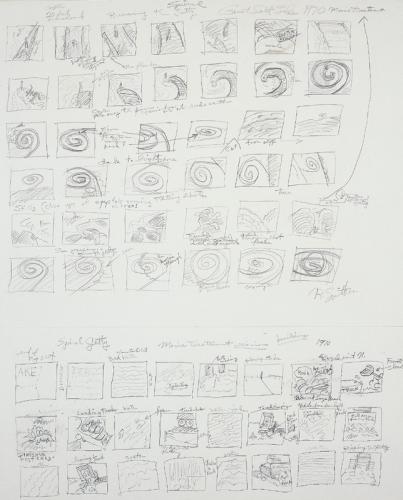Recently, in linking to this site, an otherwise highly accurate Internet publication called me a “film buff.” And while I’ve been known to enjoy a film or two in my time, I have to confess, I’m not buff. Anyone at the gym could tell you that, if I ever made it to the gym anymore.
But the question haunted me: if I’m not a film buff, what am I? When introduced, I say I’m a filmmaker, but sometimes I wonder if that’s just a euphemism for dilettante, the way “freelance” is for “unemployed” or “entrepreneur” is for “unemployable.”
So I thought I’d run a few personal branding options by my best friend’s publicist, Bumble, and see if I could get some free advice. No, as it turned out.
Next idea: just run a few options up the flagpole and see what happens. Work with me here, people.
Producer: No. Besides being simply a means to an end (Like anyone else, what I really want to do is direct.), this is a term used more to get one laid than to get one’s movie made. Also, no one knows what it means.
Aspiring filmmaker: No. Besides being technically inaccurate (I’ve made and am making a series of short films.), “aspiring filmmaker” covers so many people–from Tom Ford to the entire populations of Los Angeles and San Fernando Counties–it’s useless as a title.
Short film maker: No. More accurate, to be sure, but too often confused with short filmmaker, which Spike Lee is, and I am not. syn. poor and hopelessly unambitious. While nearly every filmmaker has made short films, very very few short film makers make features.
Documentary filmmaker: No. True, my films so far have been in documentary festivals, but I consider them more documentary-style. syn. hopelessly and eternally poor and dirty, and unpalatably activist. Also, it’s the title used for both Ken Burns and Michael Moore.
Documentary-style filmmaker: Yes, if I want to sound like a pretentious over-analytical ass. So, no.
Filmmaker/blogger: bwahahahaha! Would be the response I’d get from 10% of the people who knew what it meant. Back of head turning toward me would be from the other 90%. So, no.
“Filmmaker” or < air quote>Filmmaker< /air quote>: I’m holding this in reserve, in case I commit some horrible crime and get a trashy, condescending New York Magazine article written about me.
I have to admit, I was stumped. There was simply no term for someone who’s tried his hand at a couple of documentaries, decides he wants to make more, so he uses his publishing activities to ingratiate himself to entertainment industry players for his own personal gain?
Then just this morning, I was pointed to an article by Mediabistro‘s Newsfeed that answered my question perfectly.
From here on out, you will refer to me as The Editor of Vanity Fair.



